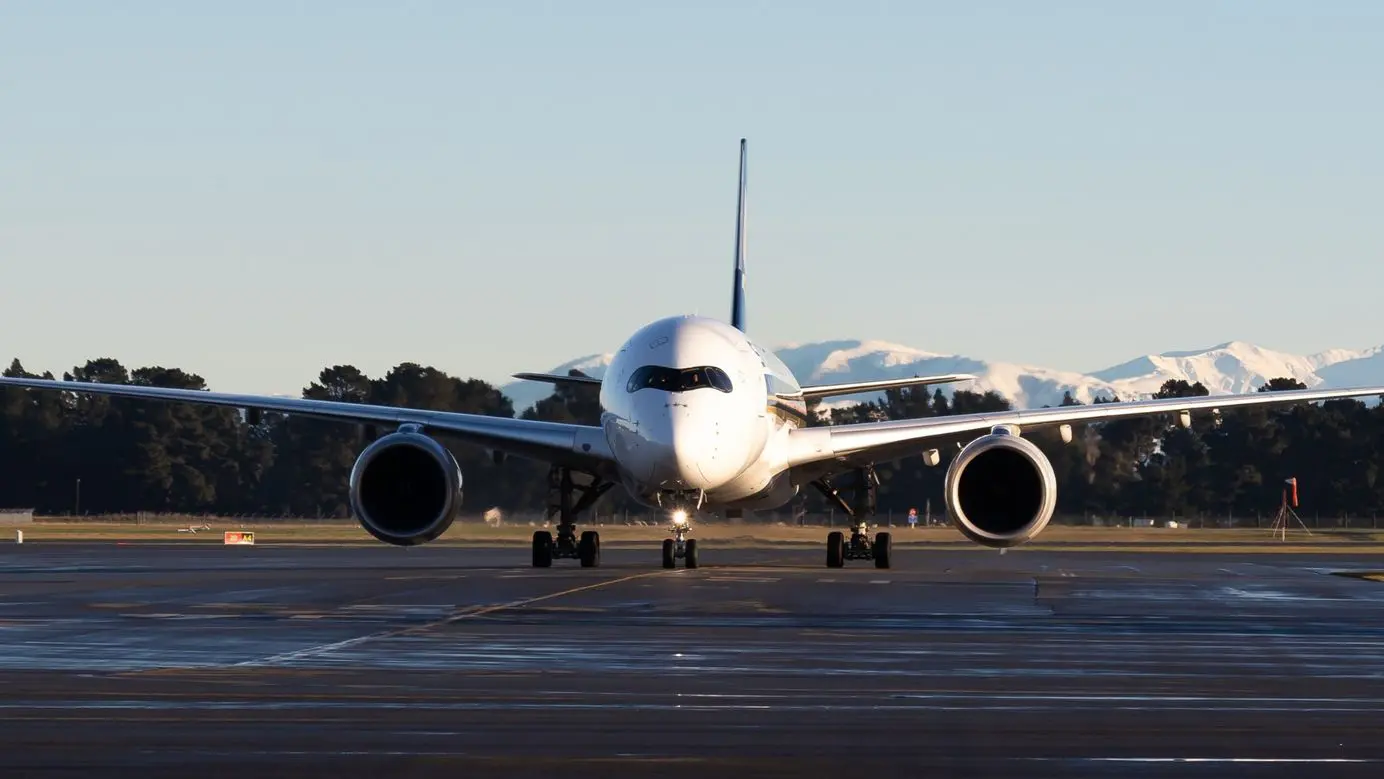
9 Fascinating Facts About The Airbus A350 Cockpit
The modern Airbus A350 offers a lot of innovation in the cockpit. We'll take a look at nine of them.
Table of Contents
Airbus’s take on the future of air travel, the A350, is a revolution in aircraft design. It is designed to be comfortable for passengers and better for the environment. The A350 benefits from carbon fibre composites and latest generation Rolls-Royce XWB engines that are more efficient. It is a quiet, smooth, comfortable and efficient plane that offers tough competition for Boeing’s best models.
One of the most interesting parts is the Airbus A350 cockpit which is more intuitive and innovative than on previous models. The Airbus A350 cockpit has inherited a lot of its features from the larger A380. Yet they have been further improved and is now integrated in a more intuitive and seamless way.
In this article, we’ll dig into 9 fascinating facts about the modern Airbus A350 Cockpit.About the Airbus A350
The Airbus A350 is a family of aircraft designed and manufactured by Airbus. The family consists of two variants, the A350-900 and the longer A350-1000 with higher passenger capacity. The Airbus A350 is a wide-body aircraft designed for long-range travel.
The A350 is manufactured using carbon fibre reinforced materials. Therefore it is a more lightweight aircraft and it is the Airbus answer to the Boeing 787. Because of the lighter construction the A350 offers better fuel economy, which is better for the environment as well.
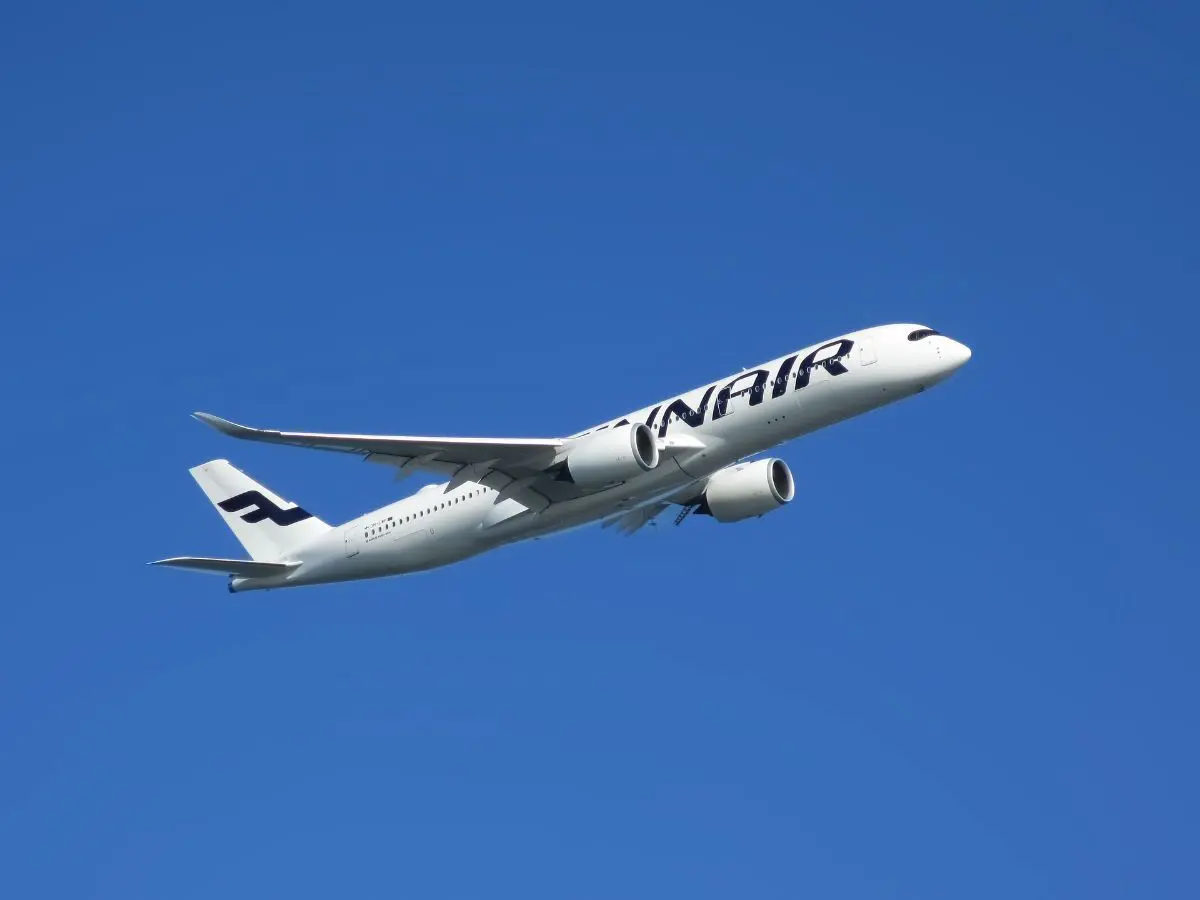
For passengers there have been improvements to the air conditioning system and general developments to the cabin, designed to reduce jet lag. A more spacious cabin, wider seats, high ceilings and enticing ambient lighting makes it ideal for long-haul travel. It is also the quietest twin-aisle cabin available on the market, improving passenger comfort even further.
For airlines the Airbus A350 offers long range, great fuel economy and improved passenger comfort.
1. Larger Cockpit Displays with flexible layout.
The most noticeable change compared to other Airbus aircraft models, are the larger screens that dominate most of the Airbus A350’s cockpit. It features six identical 38 cm (15 in) liquid-crystal displays. It is the largest ever screens on an Airbus including the A380.
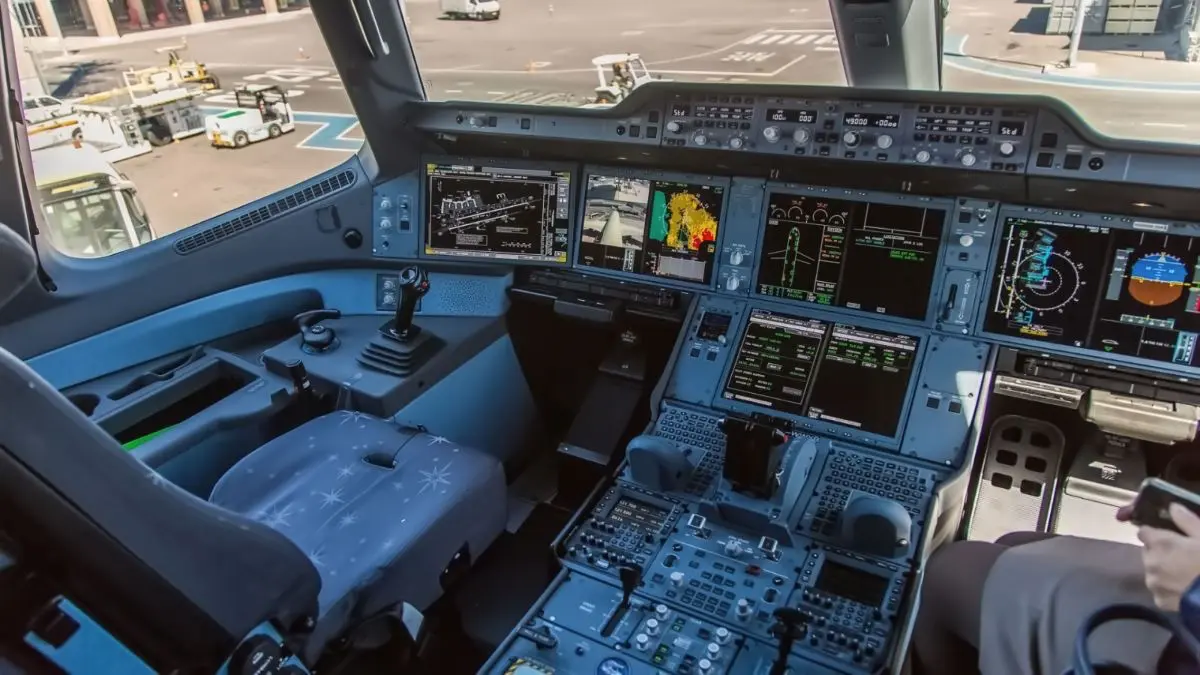
The large screens help making information sharing in the cockpit easier. Content on the various screens can be moved around the displays more freely as they all have the same format. Information, data and calculations, like landing performance data, can be put on one of the central displays for easier briefing and discussion between the cockpit crew.
The Airbus A350 cockpit also features new display areas on the new screens. The Primary Flight Display (PFD) now features flaps and trim information under the PFD. In addition the Navigation Display (ND) now shows a vertical representation of the flight plan including a terrain profile and weather depiction.
The engine display now shows the throttle settings in percent. This makes it easier to understand the engine throttle settings instead of N1 or EPR thrust indications on other aircraft.
2. Onboard Information System (OIS)
The Airbus A350 cockpit is equipped with two Onboard Information System displays.These are the the outer-most displays on each side. They display applications from stowed-away laptops that the pilots bring with them to the cockpit.
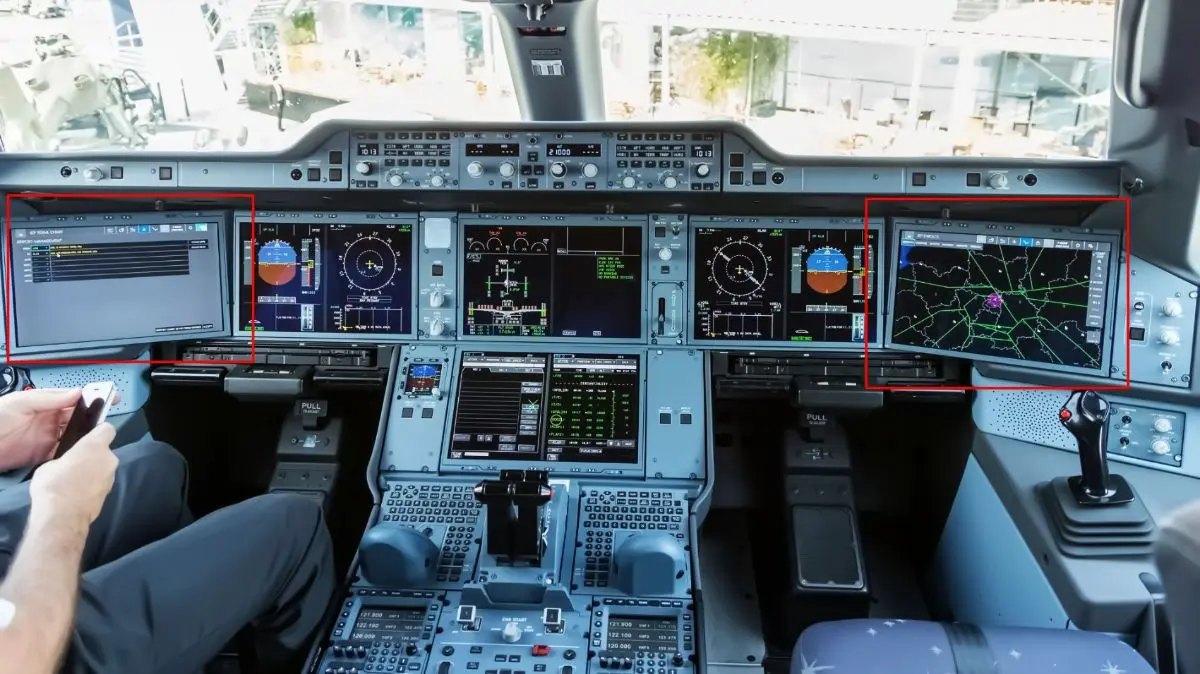
The OIS screens can display a wide variety of information. Materials that has traditionally been managed on paper, can now be handled electronically. Applications and information shown on the OIS screens can for example include reference material like the aircraft operating manual or charts for navigation. It can also host applications for calculating inforation such as landing performance data.
Data can be transferred from the aircraft avionics to the OIS but not the other way around. The OIS can receive data from the avionics but not the other way around. This is a safety feature to ensure that nothing can interfere with the aircraft’s avionics.
3. A new type of pilot input control
Pilots often needs to enter data into the aircraft’s computers. Data for planning the flight is essential to the safe and efficient operation of the aircraft. Usually the interaction with data is handled through a device called an MCDU.
In the Airbus A350 cockpit, the traditional MCDU has been replaced with a new information input device with a movable cursor, called the Keyboard and Cursor Control Unit (KCCU).

The KCCU is a more flexible way to input data. It features a freely movable cursor that helps manage the input device more intuitively. Programming the aircraft with data about weights, speeds, flight plans and fuel for the flight is now much easier.
The cursor can move between screens and works a bit like a trackpad on a laptop. Also like a PC trackpad, input is made by clicking the mouse button on the KCCU. Easy and fast to learn.
The primary advantage to the KCCU is that it can control the information on all screens, including the OIS. The MCDU that the KCCU replaces, can only control data on its own screen, which is usually quite small as well.
The traditional MCDU is more cumbersome to navigate and it takes some practice for the pilots. On the KCCU however, things are different. After the pilot has typed in data and presses the Enter button on the KCCU, the cursor moves to the next logical position automatically. This makes navigating the pages and screens faster and more simple.
4. Heads-Up Display
The Airbus A350 cockpit can be equipped with Heads-Up Displays for both pilots. A Heads-Up Display (HUD) projects information onto a glass plate in front of the pilots. The purpose is to superimpose important flight and aircraft information onto the pilot’s view. This improves the situational awareness and therefore the safety of the flight. A Heads-Up Display presents data without requiring the pilots to look away from their usual viewpoints.
When using a HUD the pilot’s eyes does not have to refocus to view the outside after looking at the cockpit instruments which is optically nearer. This is another important advantage of using a HUD.
On Airbus A350 the Heads-Up Display is an optional extra.
5. New touchscreen options with iPhone-like gestures
From the start the Airbus A350 cockpit has been developed to be more intuitive than previous models. Adding to the easy-to-use controls systems, Airbus has recently introduced a pioneering new touchscreen option for the screens.
Three of the six cockpit displays can be upgraded to touchscreen: the two outer displays and the lower center display. The touchscreen input method is closely integrated with the KCCU and the keyboards in front of each pilot.
The touch screens support gestures known from smartphones. Pinch-to-zoom and panning makes interaction with applications, charts and maps much more direct.
The first A350 equipped with touchscreen displays was delivered on 18 December 2019 to China Eastern Airlines.
6. Taxi and tail cameras provide extra spatial awareness for the pilots
For better navigation and aircraft positioning on the ground, the Airbus A350 is equipped with External and Taxiing Aid Camera System (ETACS).
Two digital cameras provide the pilots with views from outside. One is positioned behind the nose wheel and the other in the vertical tail. The views from the cameras can be displayed in the A350 cockpit on the large cockpit displays.
The cockpit views of the camera feed are overlaid with colored markings. These assist the pilots in positioning and navigating the aircraft on the ground. For example on taxiway centerlines. The feed from the tail camera also displays markings of where the landing gear will be.
The feed from the tail camera can also be displayed in the cabin on the passenger in-flight entertainment screens.
7. Airport moving map with live navigation of taxiways and runways.
Just like GPS navigation in a car, the Airbus A350 cockpit features an On-Board Airport Navigation System (OANS). It provides real-time directions around airports and helps navigation on the ground and is especially useful in poor visibility conditions and bad weather. OANS also helps reduce errors in airport navigation. The system warns the pilots if they are going the wrong way or in the case of runway proximity. In large and complex airports the system reduces pilot workload.
The OANS presents the cockpit crew with an overview map of the airport and taxiways. It displays the names of taxiways and runways as well to avoid any confusion. The aircraft’s position is shown in the middle of the moving map.
OANS was first introduced on the Airbus A380.
8. The Airbus A350 cockpit replaces the yokes with keyboards
The advanced Airbus A350 cockpit is more than larger screens and clever systems. It is a very ergonomic and pilot-friendly cockpit as well.
Instead of a traditional yoke, the Airbus A350 cockpit features a fly-by-wire side stick control. Contrary to the traditional yokes on other aircraft, the side stick is not in front of the pilots.
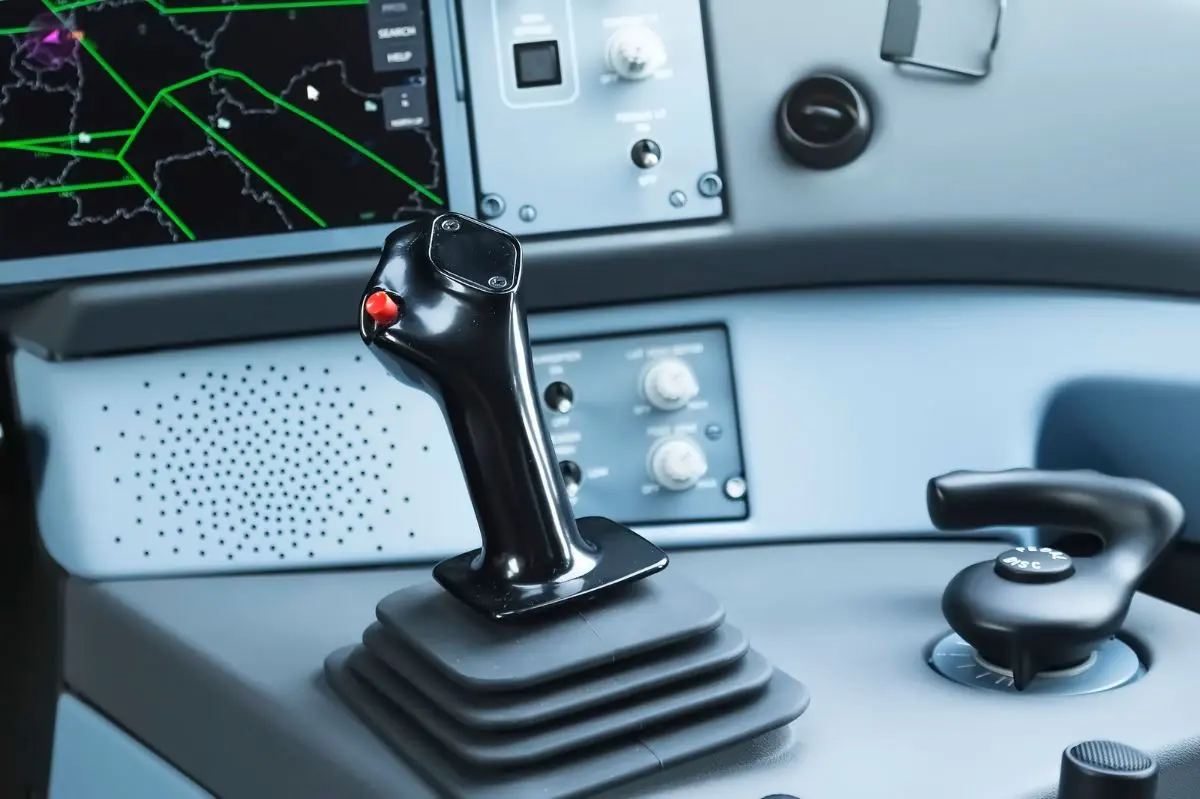
This clears up space and Airbus has instead equipped the cockpit with a small pull-out table where the pilot can do paperwork or eat their meals.
The table also features a keyboard that controls only the Onboard Information System (OIS). It cannot control other data input.
9. It shortens pilot’s training time
With all its advanced technologies, the Airbus A350 cockpit could sound like taken from a science fiction movie.
But despite all the innovations, the Airbus A350 cockpit is still quite similar to other Airbus aircraft. This means that when a pilot is switching from one Airbus aircraft to another (something pilots do several times during their career) he or she doesn’t start from square one. The commonality simply makes it easier for pilots to switch. This shortens the training time as well as the airline’s cost of training.
It also makes it possible for a pilot to hold two type ratings at the same time. A pilot can have a type rating for both the Airbus A330 and A350. This is another saving for the airline as the pilot can fly different planes at different days. Pilots who are already qualified for the Airbus A330 can be trained to the A350 by undergoing “differences training” only, which does not necessitate the use of a flight simulator.
Conclusion
The intuitive Airbus A350 cockpit benefits the pilot’s work and the intuitive new systems could be learned more quickly. The flexible screens and the clever OIS system makes work in the cockpit more intuitive. Improved navigation systems and the optional heads-up displays adds to the safety of the Airbus A350. An aircraft that is already becoming very successful in the airline industry.
Planenerd Newsletter
Join the newsletter to receive the latest updates in your inbox.






